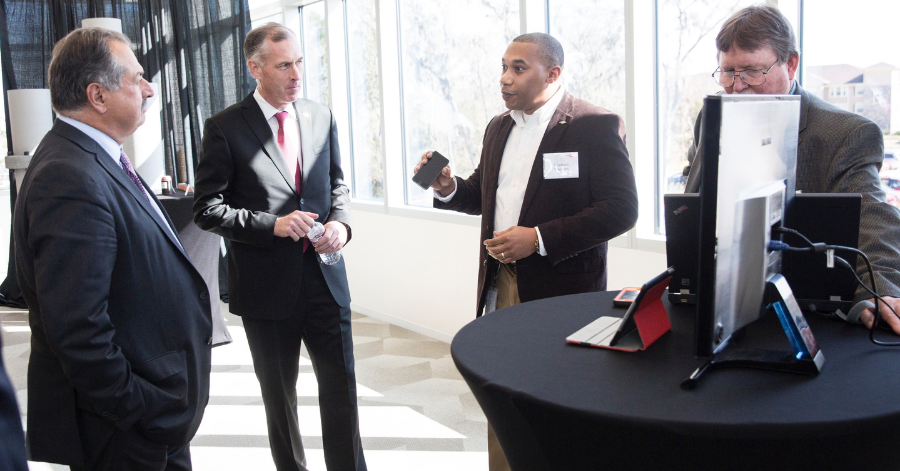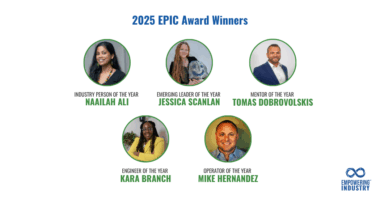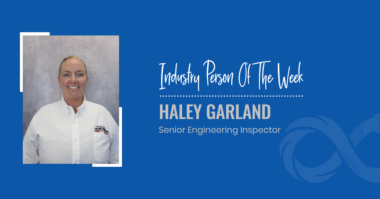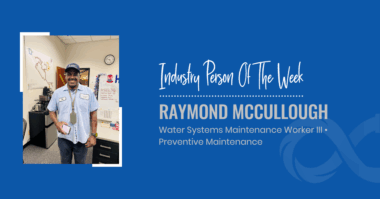How did you get started working in your field?
I was introduced to electrical engineering through my dad. Before he retired, he was a process automation technologist for Dow Chemical. As a kid, I remember him bringing home ladder logic diagrams for me to troubleshoot and find errors in the coding. He would pay me $5 if I could find all of the problems. He would also bring me into the manufacturing plant on the weekends to show me his work environment. I was exposed to so much technology from programming to electronics to even seeing the chemical plant operations.
Fast forward years later during my first internship at The Ford Motor Company, I learned more about engineering applications such as robotics, power systems, elevators/conveyors, and even continuous improvement/defect elimination methodologies. I was hooked and I knew from that point forward, I wanted to be close to technology and manufacturing.
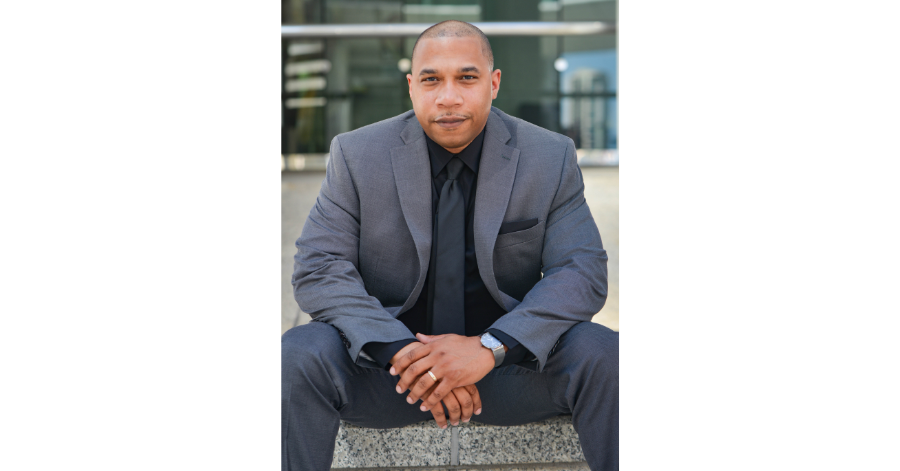 What does a typical day look like for you?
What does a typical day look like for you?
I provide oversight for a team of professionals and leaders that support the capital and reliability improvements for environmental operations globally, so a typical day for me is ensuing that my team members have all of the resources they need to be successful in their roles. Whether it’s refining project scope and definition, reviewing progress made against equipment reliability strategies, synchronizing turn arounds schedules to outage opportunities, or even developing competitive excellence strategies, my number one focus every day is supporting my team and their growth.
As the Improvement and Reliability Director, I am responsible for the aligning the budget needs to the affordability targets for our organization. I invest a large amount of my time coordinating with the operations facilities on prioritizing spending requests, setting strategic multigenerational goals for improving our assets, and communicating the progress made to our partners & key stakeholders. And every once and a while we have an opportunity to challenge the status quo by trying innovative technologies or work processes that drive value creation.
What do you love the most about your job? What are you most proud of?
That’s a tough question. I love so many aspects, but I really enjoy problem solving, value creation, and celebrating people. All three go hand in hand because the challenges we resolve drive tremendous amounts of value to our bottom-line and in each case, our people are at the center of the improvement ideas and the execution. It’s a natural feeling to want to recognize and celebrate everyone involved in the journey to success.
I am most proud of the relationships I’ve built over the years. As time goes on, we tend to forget the projects and the details of the achievements, but we always remember the people closest to us that we also got our “hands dirty” with. For me, it’s about being in the trenches with the team as you work together to meet the business objectives. Obviously, it doesn’t stop when you leave the workplace. I’ve gone to kids’ birthday parties, graduations, funerals, crawfish boils and pool parties, just about every type of celebration you can imagine. And it’s all because of the relationships.
 What advice would you give to someone considering this line of work or new to the field?
What advice would you give to someone considering this line of work or new to the field?
On the surface, Maintenance and Reliability is not typically known for being an attractive career path but once you’ve been exposed to the opportunities, the technology, and our innovative culture, you will quickly develop a respect for the discipline. My recommendation is to first, look beyond the wrenches and the work orders and look for the possibilities of valuable opportunities. Secondly, learn as much as you can from the people who are the closest to the machines, as those are the experts that know about those hidden opportunities. Lastly, as you gain experience in the fundamentals and the equipment technologies, use that skillset to collaborate with other professionals. Collaboration is somewhat like a catalyst for your development and it will expose you to an array of strategies and approaches to problem solving.
Can you talk about a project you recently worked on?
Our improvement team is always challenging the status quo and redefining how we approach competitiveness for our business group. With some ingenuity and knowledge of data analytics, we developed a set of tools that are used to quickly identify cost opportunities. In the past, it would take weeks to profile and scrub millions of rows of data. Now, we can do it in minutes, which is helpful because we spend more time on gap closure versus manual data cleansing. As a result of the team’s efforts, we have realized a significant reduction in some of our cost elements.
Anything Else you would like to add?
Sure. I’d like to bring up a social challenge that a few colleagues and I are working on. The efforts to increase the percentage of Black STEM professionals in industry have been outstanding, however since the start of the new millennium the number of students that actually graduate with STEM degrees have been declining. We hope to solve this problem by inspiring minority students to pursue STEM careers and by providing resources to those who have already begun their journey. We decided to put all of this great content in a publication called The Re.engineer Magazine, https://publications.reengineer.co/link/760456.
Sometimes all we need are examples of the possibilities and Re.engineer is the platform where we are sharing those examples.
Web: https://www.reengineer.co
LinkedIn: https://www.linkedin.com/in/shadrach-stephens-reengineer/
YouTube: https://www.youtube.com/channel/UCg_rJXBx37S3mOx21_bcmgw
IG: https://www.instagram.com/re.engineer/
FB: https://www.facebook.com/reengineervalue/

